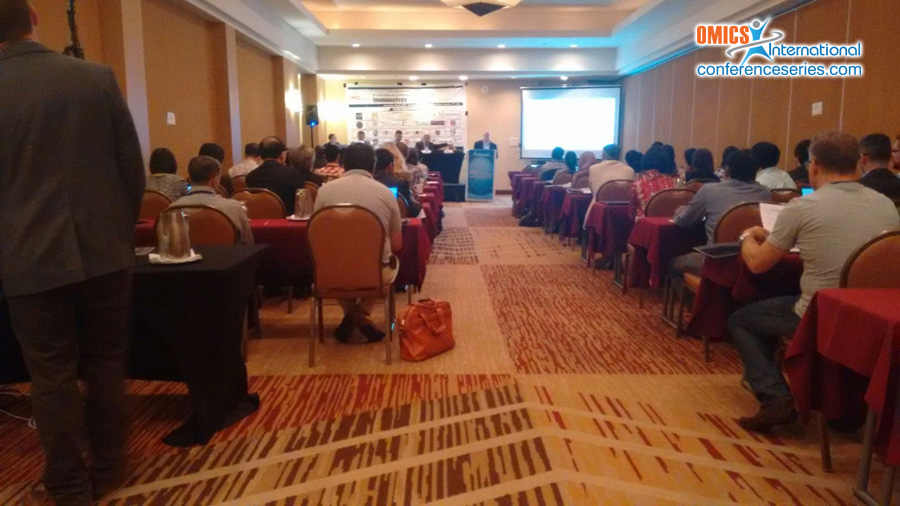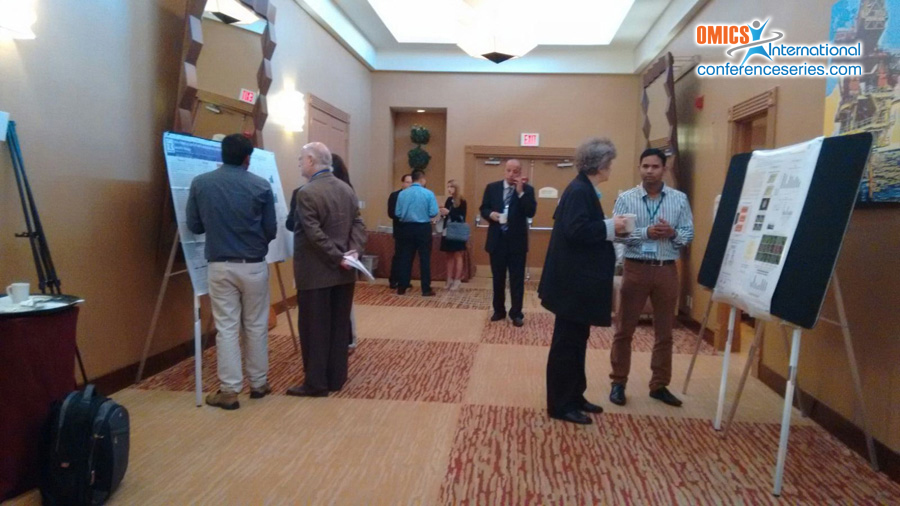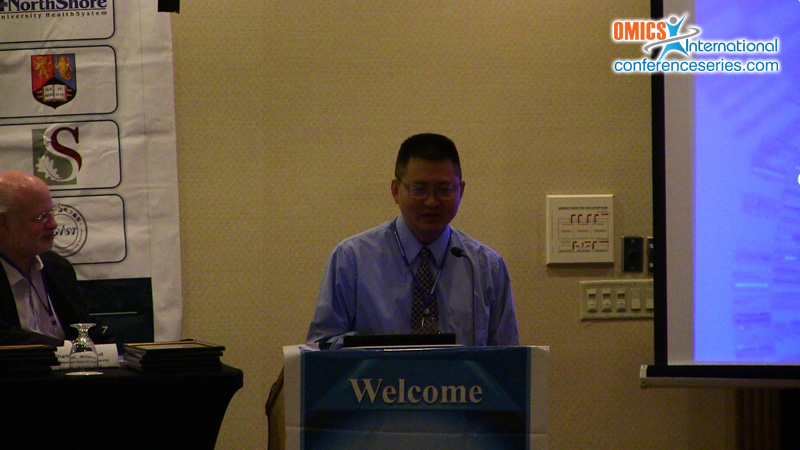
Yongqun “Oliver†He
Department of Microbiology and Immunology
Unit for Laboratory Animal Medicine
University of Michigan Medical School
USA
Title: Rational vaccine design using reverse vaccinology, database data analysis, and literature mining
Biography
Biography: Yongqun “Oliver†He
Abstract
Rational vaccine design has been a hot research topic in the past decade. Different strategies can be used for rational vaccine design. In my talk, I will present our research on rational design using three different strategies. The first strategy is reverse vaccinology, a post-genomics vaccine design method that starts from bioinformatics analysis of the whole genome sequences of pathogens with the aim to identify ideal genes for vaccine development. We have developed Vaxign (http://www.violinet.org/vaxign), the first web-based reverse vaccinology software program. The predicted features in the Vaxign pipeline include antigen subcellular location, adhesin, epitope binding to MHC class I and class II, and sequence similarities to human, mouse and/or pig proteins.Vaxign has been used in many vaccine design projects. The second rational designstrategy is the targeted data analysis of valuable databases. For example, the VIOLIN vaccine database system (http://www.violinet.org) includes many individual databases for collecting manually curated data related to different vaccine components, such as Protegen for vaccine protective antigens, Vaxjo for vaccine adjuvants, Vaxvec for vaccine vectors, and DNAVaxDB for DNA vaccines. The query and analysis of the structured data recorded in these databases provide valuable clues for rational vaccine design. For example, the analysis of Protegen and DNAVaxDB may identify vaccine antigens and DNA vaccine plasmids, respectively, that are most suitable for your vaccine design. The third strategy is high throughput literature mining, which may help identify ideal vaccine candidates and gene functions valuable for vaccine design. We have developed a community-based Vaccine Ontology (VO) and found that VO can be used to enhance vaccine literature mining and support vaccine design. Lastly, different vaccine design strategies can be integrated to achieve the best results in rational vaccine design.
Speaker Presentations
Speaker PDFs
Speaker PPTs Click Here




